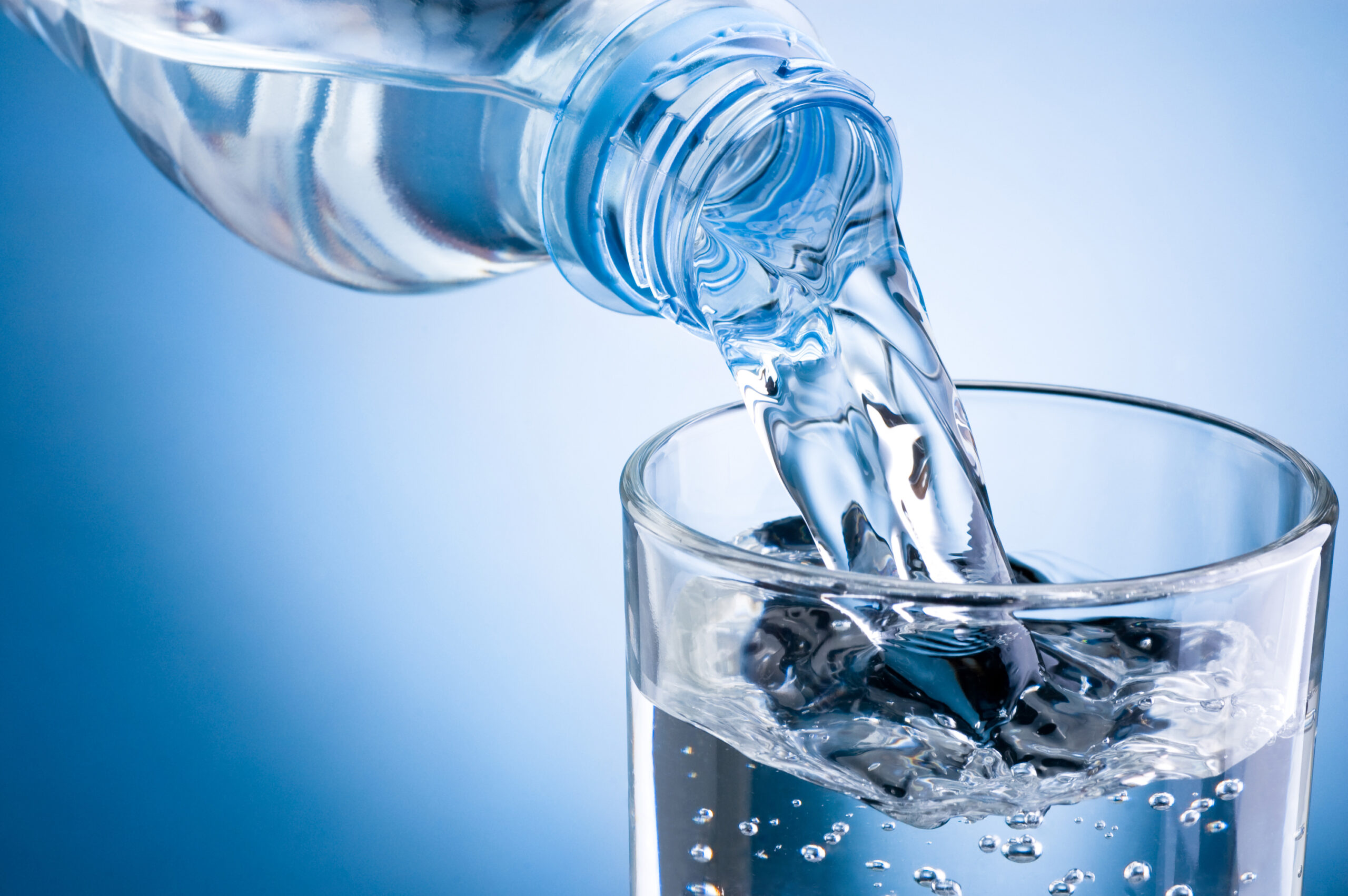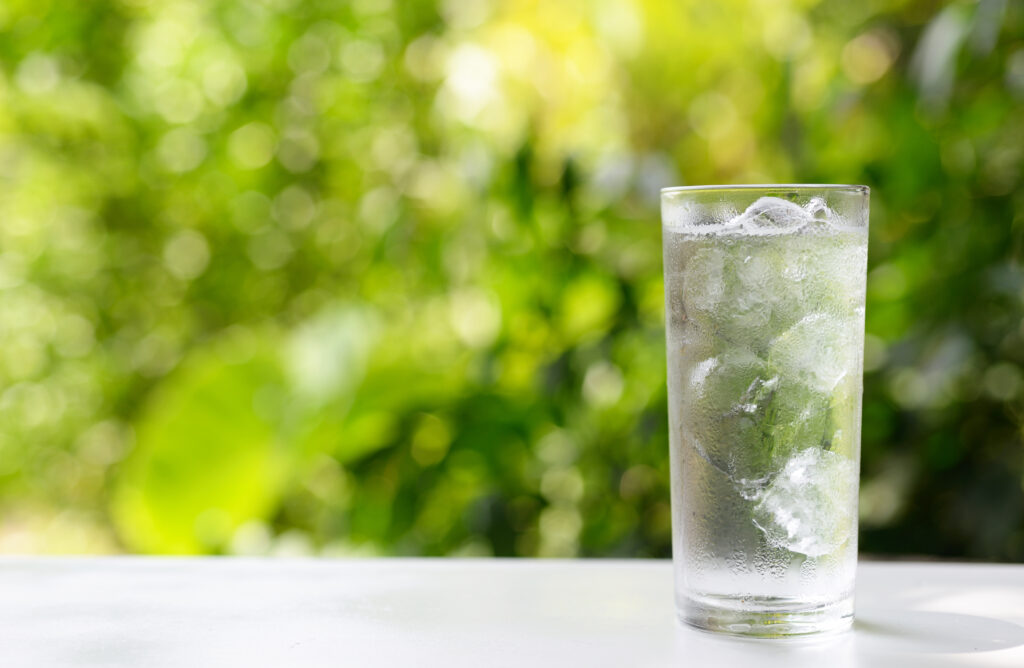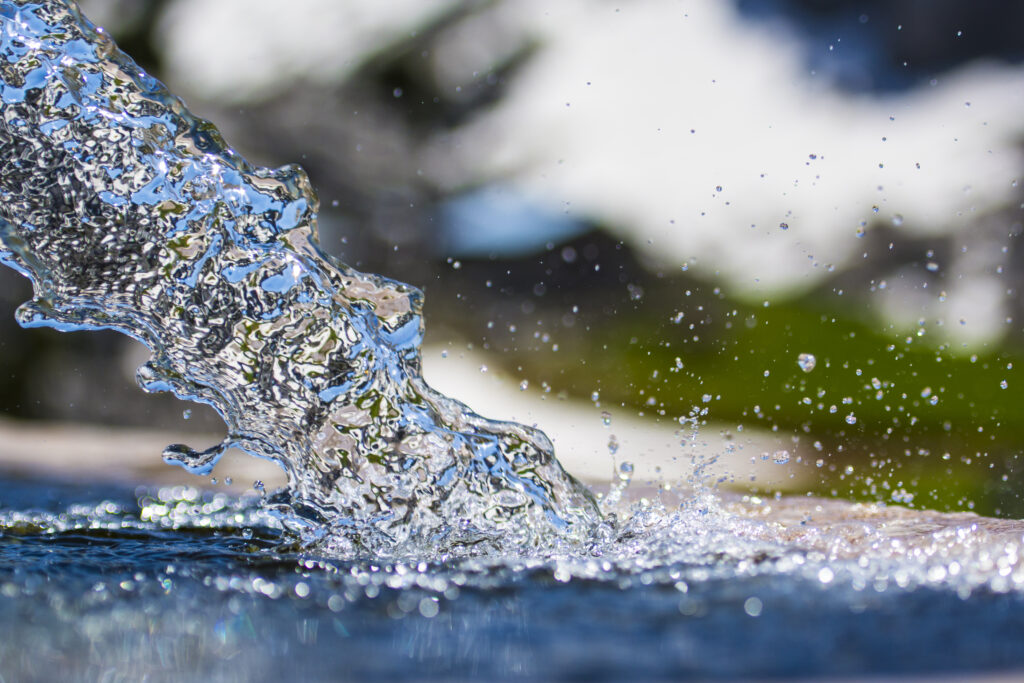Spring Water vs Purified Water: What Is The Difference?

If you’re stuck between spring water vs purified water, this guide has everything you need to decide the best for you. It is widely reported that the best choice depends on your preferences, but that leaves you vulnerable to health and eco dangers.
You want to know why water has to be classified as spring water and purified water and the benefits and drawbacks the two prominent types are likely to convey.
Besides, you want to know which one is better, potential risks, and relevant regulations.
Below, we break everything to the bare bones, helping you determine the best water for you. But first, let’s understand the difference in bottled water.
Spring Water vs Purified Water
Spring water comes from approved natural sources like wells and springs protected from contamination. In contrast, purified water comes from various sources, including groundwater and taps, but undergoes rigorous experimentation.
Spring Water Pros and Cons
Spring water, despite occurring naturally, may undergo some treatment, but must maintain the same properties. Therefore, it’s rich in natural minerals and trace elements crucial in most bodily functions.
Below are some more advantages that Spring Water offers:
- Natural mineral content: Spring water contains beneficial minerals such as potassium, magnesium, and calcium that are crucial for your muscle function and overall health.
- Refreshing: Spring water is adored for its refreshing taste emanating from the natural minerals and minimal processing.
- Costs: Since the spring water does not undergo additional treatment and processing, it is relatively cheaper than purified water.
- Electrolyte balance: Spring water has naturally occurring electrolytes such as potassium and sodium, which support bodily functions and help maintain proper hydration levels.
These characteristics make spring water an ideal option when you want something natural and tested for safety. However, spring waters may also be disadvantageous in the following ways:
- Varying mineral content: The mineral content in spring water is not consistent and depends on the source, meaning that you may be exposed to excess or unwanted mineral content.
- Potential contaminants: The lack of rigorous treatment on spring water means it could contain bacteria, environmental pollutants, and other impurities collected from natural underground aquifers.
Purified Water Pros and Cons

Unlike spring water, purified water undergoes a rigorous filtration process to remove any impurities, sediments, and debris. Below are common methods for water purification.
- Coagulation and flocculation: This method involves adding positively charged chemicals into the water to neutralize negatively charged chemicals and contaminants.
- Sedimentation: It involves collecting water after sediments, particles, and debris settle at the bottom.
- Filtration: This method applies different filter sizes to remove bacteria, dirt, dust, and other unwanted particles.
- Reverse Osmosis: RO involves feeding the water through very small semi-permeable membranes to remove minerals and particles.
- Disinfection: Chemical disinfection involves adding chlorine or chloramine to kill bacteria and viruses.
- Deionization: In this method, ion exchange helps remove all mineral salts replacing them with hydrogen and hydroxide particles.
- UV treatment: The use of Ultraviolet light helps kill organisms, including viruses.
- Distillation: Water is heated into vapor and condensed into liquid to get rid of unwanted particles.
- Absolute 1-micron filtration: This method forces water into extremely small filters, which are around 0.00004 inches to trap impurities.
- Ozonation: This method involves infusing ozone into water to disinfect it. Ozone is commonly used instead of chlorine as it does not introduce a distinct smell or taste.
Purified water may use any of these methods to offer the following benefits:
- Removal of impurities: The rigorous treatment and purification takes out most of the harmful substances like heavy metals and bacteria to make water safe for drinking.
- Consistent quality: Unlike spring water, purified water has consistent taste, composition, and quality, so, you know what to expect.
Some disadvantages of purified water include:
- Loss of minerals: Although purification eliminates contaminants, it also removes crucial minerals that could aid your overall well-being.
- No natural taste: the rigorous purification process leaves purified water testing flat just like what you’d get in boiled water.
- Additional Chemicals: Some purification methods like Ozonation, disinfection, deionization, and ozonation may introduce new nonbeneficial chemicals in the water, impacting the taste.
- Environmental impact: The purification method is energy intensive and can contribute to carbon emissions, which are a concern in a world that’s warming at an alarming rate.
Nonetheless, purified water has been a darling for people looking for bacteria-free water and consistent tastes, especially in places reported to have poor water quality.
Spring water vs Purified: Which one is better?

So, the answer to which one between spring water and purified water is better may vary for different purposes. Both types of water are healthy for consumption, but if you’re a germaphobe, consider the purified form. However, if you miss the natural minerals and goodness, consider spring water.
Similarly, water-based devices and appliances, such as humidifiers and coffee makers may be more efficient with purified water than with spring water. This is because the latter may contain chemicals or PH levels unsuitable for the expected performance or could cause rusting.
However, when it comes to drinking, you can choose spring water for its distinct natural taste and healthy minerals or purified water for assured purity and consistent flat taste.
Another major factor to consider when comparing spring water vs purified water is eco–sensitivity. Regardless of the processes used to make the water, having it packaged in plastic bottles puts you at a greater risk health-wise and ecologically.
Risks of Bottled Water

The state is responsible for inspecting and approving bottled water sources while protecting them from contamination. As a result, companies using public water supplies to make spring water are required to add a “municipal” label on the bottles.
Therefore, be sure to study water labels for useful information required by the Food and Drug Administration (FDA). The Environmental Protection Agency (EPA) also has set regulations for purified water suppliers in matters of treatment, testing, and monitoring to maintain safety and quality.
While the water may pass all FDA and EPA checkmarks, the plastic bottles can release harmful chemicals, especially when exposed to sunlight and heat. Such packaging also adds to the expenses, not to mention the energy used and emissions from trucks that transport water.
While you can store bottled water properly to avoid plastic contamination, considering alternatives to plastic bottles could be a healthier step than rambling on a spring water vs purified water contest.
Below are some wise alternatives to bottled water:
- Refillable water bottles: Use plastic alternatives like BPA-free materials and glass bottles which are portable and will help refill water responsibly.
- Filter tap water: Water filters like under sink and countertop filters will get rid of nasty stuff like chlorine and lead while maintaining the taste and cleanliness.
- Water purifiers: Water purifiers will perform filters’ work and go a step further to kill biological contaminants. Consider a purifier with a remineralizer to restore essential minerals. It’s also advisable to combine a purifier with a filter to ensure you get rid of all the sediments.
Spring Water and Purified Water
Spring water and purified water is fit for consumption, but the difference lies in processes between fetching and packaging. The purification process in purified water removes chemicals and contaminants, so, the final product has a neutral taste and may lack crucial minerals.
On the contrary, the spring water is considered purified by the layers of rocks beneath the earth’s surface and maintains this natural taste and composition. For that reason, it has some distinct taste, and is rich in naturally occurring minerals.
Both spring water vs purified water are approved for drinking by the FDA and EPA, and you should get the best results based on your preferences and personal safety precautions.
